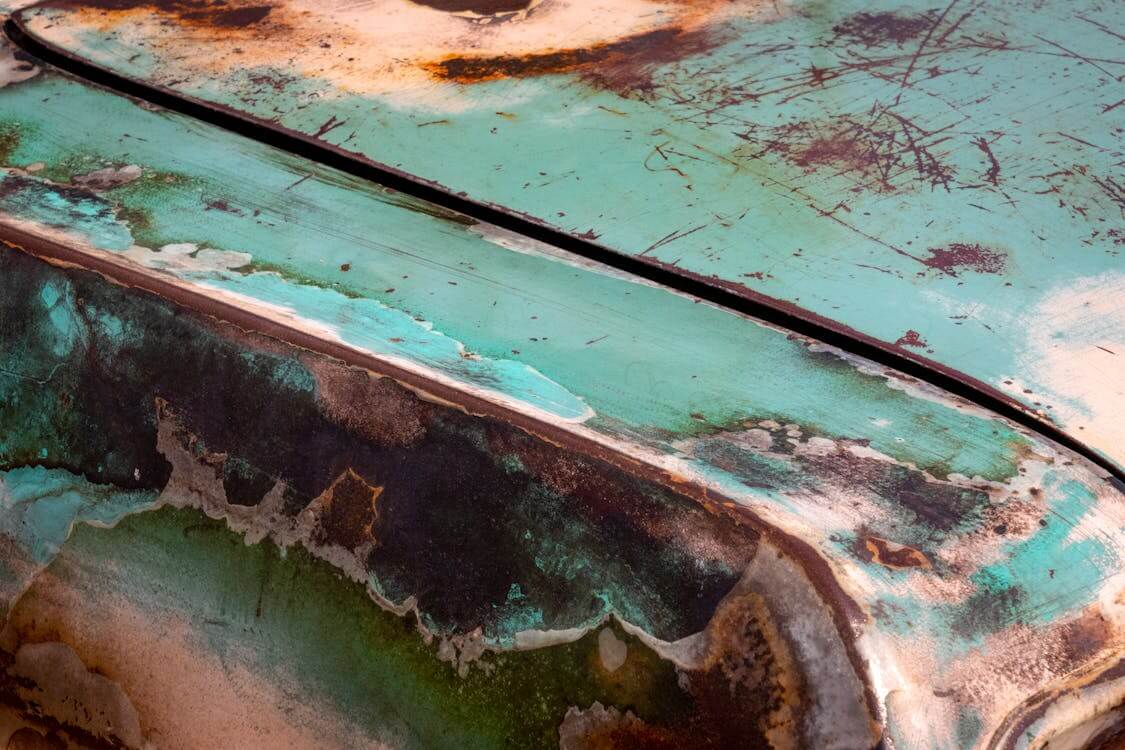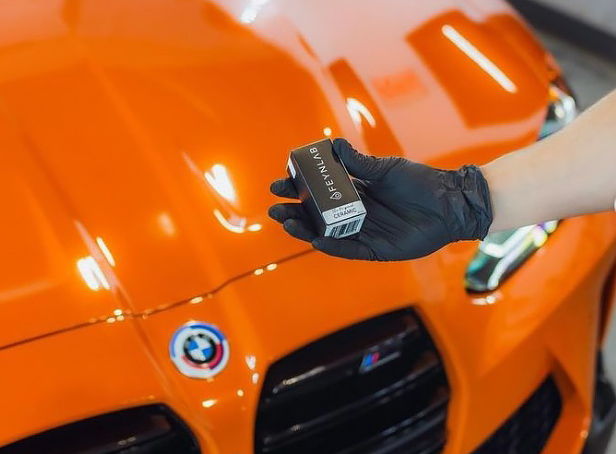Rust: every car owner’s nightmare. If you’ve ever spotted those tell-tale orange-brown patches creeping across your vehicle’s pristine paint, you know the sinking feeling of potential structural damage. But don’t panic! Whether you’re dealing with a minor surface rust spot or a more serious corrosion issue, this comprehensive guide will walk you through everything you need to know about car rust removal and prevention.
Understanding Car Rust
So what causes those corrosion spots? Rust isn’t just an aesthetic problem—it’s a serious threat to your car’s structural integrity. At its core, rust is the result of an electrochemical process where iron (or iron alloys like steel) reacts with oxygen and moisture. That sounds technical, right? Let’s break it down in simpler terms.
Factors that accelerate rust formation include:
- Prolonged exposure to salt (mostly from winter road treatments!)
- High humidity environments
- Coastal areas with salt-laden air
- Minor paint scratches that expose bare metal
- Accumulated moisture in hard-to-reach areas

Interestingly, some cars are more susceptible to rust than others. Older vehicles and those with less advanced protective coatings are particularly vulnerable. Having lived through countless winters and road trips, I’ve seen how quickly rust can transform a beautiful automobile into a corroded shell.
DIY Rust Removal Techniques
Assessing the Rust Damage
Before diving into removal, you’ll want to categorize your rust situation:
- Surface Rust: Light, cosmetic damage
- Scale Rust: Deeper penetration, visible bubbling
- Penetrating Rust: Severe corrosion affecting metal structure
Essential Tools for Rust Removal
Gather these must-have items before starting:
- Sandpaper (various grits)
- Wire brush
- Rust converter
- Protective gear (gloves, mask, safety glasses)
- Primer and matching automotive paint
- Body filler (for deeper rust spots)
Step-by-Step Rust Removal Process
Sanding is your first line of defense. Start with coarse-grit sandpaper (around 40-60 grit) to remove loose rust, then progressively move to finer grits. Pro tip: When sanding a rusted auto roof, work in consistent, circular motions to avoid creating uneven surfaces.
After sanding, clean the area thoroughly with a degreaser. Apply a rust converter, which chemically transforms rust into a stable, paintable surface. Let it dry completely—patience is key here!
Professional Rust Removal Services
While DIY rust removal can be effective for minor surface issues, certain rust damage requires professional intervention to prevent further structural compromise. The complexity and potential risks associated with extensive corrosion demand specialized expertise and precision tools that go beyond the capabilities of most amateur mechanics. When confronting rust that has penetrated deep into your vehicle’s critical components, seeking professional assistance becomes not just a recommendation, but a necessity for maintaining your car’s safety and integrity.
If you’re dealing with:
- Extensive structural rust
- Large corroded areas
- Rust near critical vehicle components
It might be time to consult a professional auto body shop. They have specialized tools like:
- Pneumatic sanders
- Professional-grade rust converters
- Precision body repair equipment
While professional services cost more, they can prevent thousands in future repair expenses.
Preventing Future Rust: Your Car’s Armor Against Corrosion
The Ultimate Rust Prevention – Ceramic Coating
Ceramic coating represents the pinnacle of automotive rust prevention technology, offering unparalleled protection through its advanced molecular formulation. By creating an ultra-thin, yet incredibly durable shield, ceramic coating transforms your vehicle’s surface into a robust defense mechanism against environmental threats.
This microscopic protective layer provides comprehensive rust prevention through several key mechanisms:
- Creates a hydrophobic surface that repels water and moisture
- Blocks harmful UV rays that can degrade paint and expose metal
- Prevents moisture penetration into vulnerable metal surfaces
- Provides long-lasting protection for up to 5-7 years with proper maintenance
Unlike traditional waxing or sealants that wear off quickly, the ceramic coating chemically bonds with your vehicle’s paint, creating a permanent protective barrier. Consider it a high-tech, invisible armor that not only prevents rust but also maintains your car’s aesthetic brilliance, making it an investment that pays dividends in both protection and appearance.
Maintenance Tips to Keep Rust at Bay
Regular maintenance is your best defense. Here’s a quick checklist:
- Wash your car regularly with a deep clean car shampoo, especially after salt exposure
- Wax every few months
- Address paint chips immediately
- Park in covered areas
- Consider undercoating for extra protection
Choosing the Right Rust Remover: Product Recommendations
Not all rust removers are created equal. Look for products that:
- Are eco-friendly
- Work on multiple metal surfaces
- Provide long-lasting protection
- Have positive user reviews
Top recommended rust removers include:
Why Rust Matters
Rust is far more than a cosmetic blemish—it’s a silent destroyer that can gradually compromise your vehicle’s entire structural integrity, transforming a minor surface imperfection into a potentially catastrophic structural weakness. What begins as a seemingly innocuous small spot can rapidly metastasize, eating through critical metal components and creating extensive damage that exponentially increases repair costs over time.
The insidious nature of rust means it can compromise critical areas like your car’s frame, undercarriage, and crucial structural supports, potentially rendering your vehicle unsafe for road use if left unchecked. Regular preventive maintenance—including comprehensive visual inspections, prompt paint chip repair, thorough washing (especially after salt exposure), and periodic undercoating—becomes your primary defense against this pervasive threat.
Automotive experts recommend a systematic approach to rust prevention: addressing any paint damage immediately, keeping your vehicle clean and dry, applying protective coatings, and conducting quarterly comprehensive body inspections to catch potential rust formation in its earliest stages. Investing a few hundred dollars in proactive rust prevention can quite literally save you thousands in potential future repairs, making it not just a maintenance strategy, but a critical financial safeguard for your vehicle’s longevity and your safety.
Your Rust-Free Journey Starts Now
Rust removal and prevention isn’t rocket science—it’s about consistent care, timely intervention, and using the right techniques.
With this guide, you’re now equipped to tackle rust head-on and keep your vehicle looking showroom-fresh.
Remember: Every rust spot prevented is a victory for your car’s longevity and your wallet!

